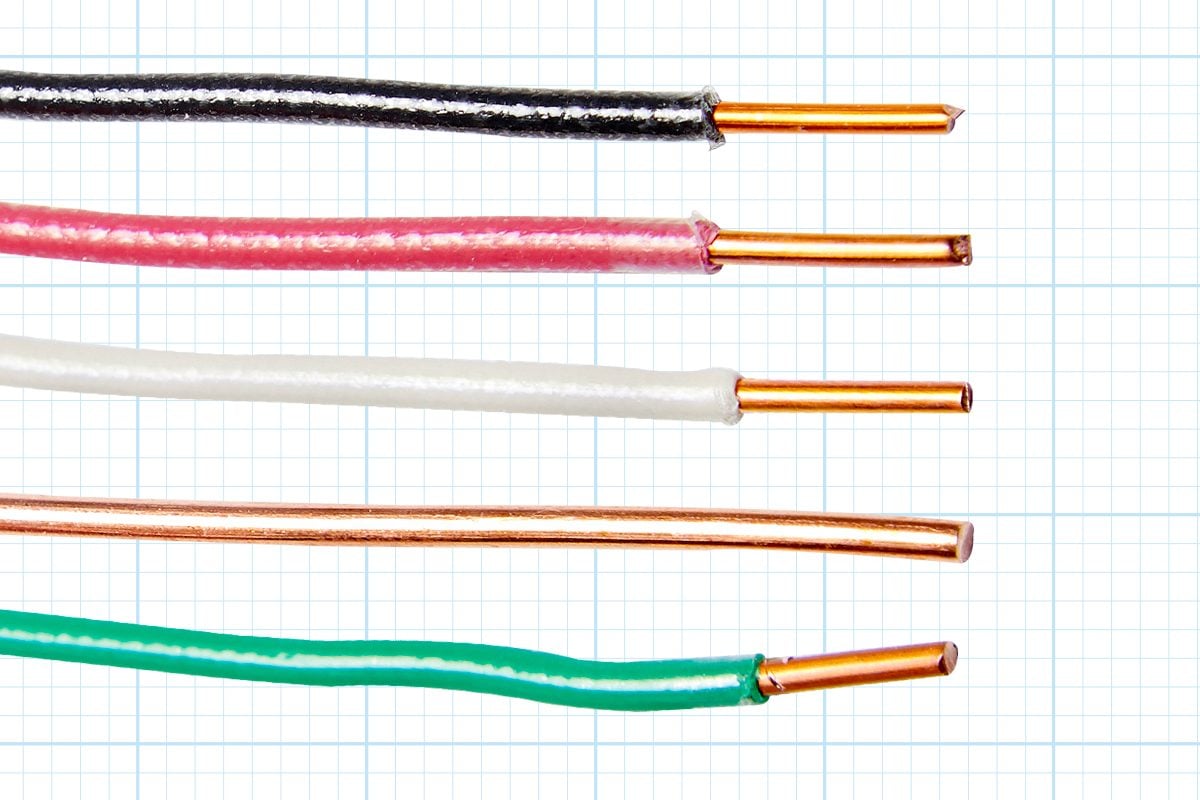In the intricate world of electronics, the ability to diagnose faults in circuits is a crucial skill for engineers and technicians alike. Whether you are troubleshooting a malfunctioning device or optimizing a circuit design, understanding how to effectively find faults can save time, resources, and enhance overall performance. This article delves into advanced techniques and methodologies for fault detection in electronic circuits, providing a structured approach to identifying and resolving issues.
Understanding Circuit Behavior
Before diving into fault detection techniques, it is essential to have a solid grasp of how electronic circuits function. Each component in a circuit—resistors, capacitors, diodes, transistors, and integrated circuits—plays a specific role. Understanding the expected behavior of these components under normal operating conditions is the foundation for identifying anomalies.
Common Types of Faults
Faults in electronic circuits can be broadly categorized into two types: hard faults and soft faults.
- Hard Faults: These are permanent failures, such as broken connections, burnt-out components, or short circuits. They often require physical replacement or repair of the affected components.
- Soft Faults: These are intermittent issues that may arise due to environmental factors, such as temperature fluctuations or electromagnetic interference. Soft faults can be more challenging to diagnose as they may not always present themselves during testing.
Step-by-Step Fault Detection Process
- Visual Inspection: Start with a thorough visual examination of the circuit board. Look for obvious signs of damage, such as burnt components, broken traces, or loose connections. This initial step can often reveal hard faults that are easily identifiable.
- Functional Testing: Use a multimeter to measure voltage, current, and resistance at various points in the circuit. Compare these measurements against expected values to identify discrepancies. This step helps in pinpointing the location of the fault.
- Signal Tracing: For more complex circuits, signal tracing can be employed. This involves using an oscilloscope to observe waveforms at different points in the circuit. By comparing the observed waveforms with expected signals, you can identify where the signal deviates from the norm.
- Isolation of Sections: If the circuit is large and complex, consider isolating sections of the circuit to narrow down the fault location. This can be done by disconnecting certain components or using switches to segment the circuit. Testing each section individually can help identify the faulty area more efficiently.
- Simulation and Modeling: Utilize circuit simulation software to model the circuit's expected behavior. By inputting the known parameters and comparing the simulated results with actual measurements, you can identify discrepancies that indicate faults.
- Thermal Imaging: In cases where faults are not easily visible, thermal imaging can be a powerful tool. Overheating components often indicate a fault, and thermal cameras can help visualize temperature differences across the circuit board.
- Use of Fault Injection Techniques: For advanced diagnostics, fault injection can be employed. This involves deliberately introducing faults into the circuit to observe how the system responds. This technique can help in understanding the fault tolerance of the circuit and identifying potential weaknesses.
Advanced Tools and Techniques
In addition to the basic methods outlined above, several advanced tools can aid in fault detection:
- Automated Test Equipment (ATE): These systems can perform a series of tests on electronic circuits automatically, significantly speeding up the fault detection process.
- Boundary Scan Testing: This technique allows for testing of interconnections on printed circuit boards without physical access to the nodes, making it invaluable for densely packed circuits.
- Machine Learning Algorithms: Emerging technologies are leveraging machine learning to analyze circuit behavior and predict potential faults based on historical data.
Conclusion
Finding faults in electronic circuits is a multifaceted process that requires a combination of theoretical knowledge and practical skills. By employing a systematic approach that includes visual inspection, functional testing, and advanced diagnostic tools, you can effectively identify and resolve issues in electronic circuits. As technology continues to evolve, staying updated with the latest tools and techniques will enhance your ability to troubleshoot and maintain electronic systems efficiently.

